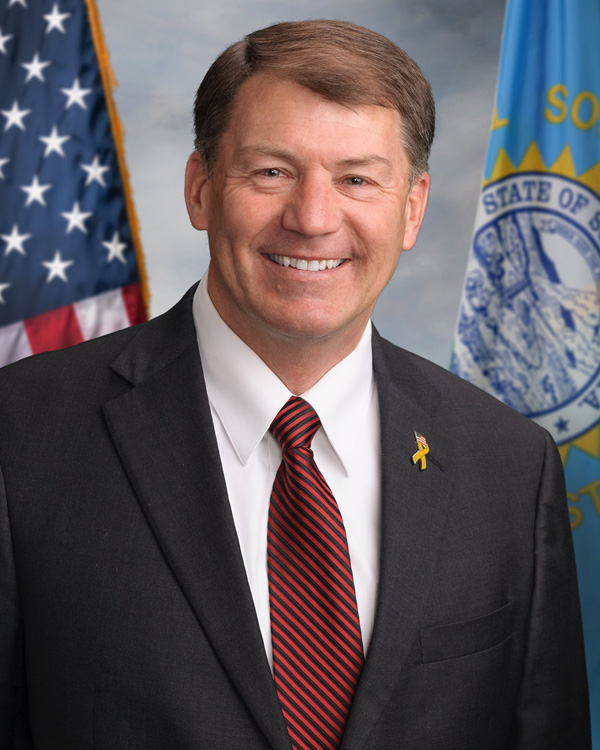
 Let’s Get Back to Business
Let’s Get Back to Business
By Sen. John Thune
The U.S. Senate has only confronted a presidential impeachment trial three times in American history. The first was President Andrew Johnson’s trial in 1868, which reflected the lingering divisions of the Civil War. The second was President Bill Clinton’s trial more than 130 years later in 1999. At that time, I was serving South Dakota as a member of the U.S. House of Representatives. I assumed and hoped that would be the last time I would be involved with the very rarely used impeachment provision in the U.S. Constitution. Regrettably, it was not.
Impeachment is extraordinarily divisive and disruptive. It is, after all, overturning the will of the American people by attempting to remove a duly elected president from office.
Our Founding Fathers intended impeachment to be an extreme remedy used only in extreme circumstances. The history of the Constitutional Convention clearly demonstrates that impeachable behavior must meet a very high threshold. To guard against misuse of this extraordinary power, the Founders split the impeachment power – assigning the authority to impeach solely to the House of Representatives and the power to try impeachments solely to the Senate. As a final check, the Founders required a two-thirds supermajority vote in the Senate to remove a president from office.
For this third presidential impeachment trial in American history, I literally had a front-row seat. My Senate desk is in the front row of the chamber, and I was able to look squarely at the participants in this historic constitutional proceeding.
In the end, I joined a majority of the Senate in voting to acquit the president. My conclusion was based on four key considerations: the facts of the case, the threshold imposed by the Constitution for conviction and removal from office, the deeply flawed and completely partisan House process that led to this impeachment, and the fact that there’s a national election just months away from now.
I listened carefully to the House managers’ case, which included the testimony of more than a dozen witnesses and nearly 30,000 pages of documents. I entered the Senate trial with an open mind, knowing the president’s team would be afforded the fairness and impartiality that were lacking in the House’s highly partisan and one-sided process. In total, I listened to nearly 70 hours’ worth of testimony, questions, and answers from both the House managers and the president’s counsel. While we can debate the president’s judgment, or even conclude that his actions were inappropriate, I determined that this case did not meet the high threshold that our Founders envisioned.
Rescinding the results of a democratic election would be incredibly disruptive under any circumstance, but that’s especially true when there is a presidential election less than 10 months from now. It is the American people, not a bunch of Washington politicians, who should decide this case. I believe a sizable majority of South Dakotans share that view and wanted me to vote to acquit the president. That is how I cast their vote in the Senate.
At one point in the trial, during one of our breaks, a senator from the other side of the aisle approached me on the floor and said, “I sure hope we can still work together when all of this is done.” Throughout this process, there were strong, and at times heated, arguments made by the House managers and the president’s team. Republicans expressed their opinions, and Democrats expressed theirs. But I strongly believe that we should always follow the rule that we can disagree without being disagreeable. This period in our history should be no different, and I look forward to working with my colleagues – Republican and Democrat – now that this trial is finally behind us. Let’s get back to business.
###









